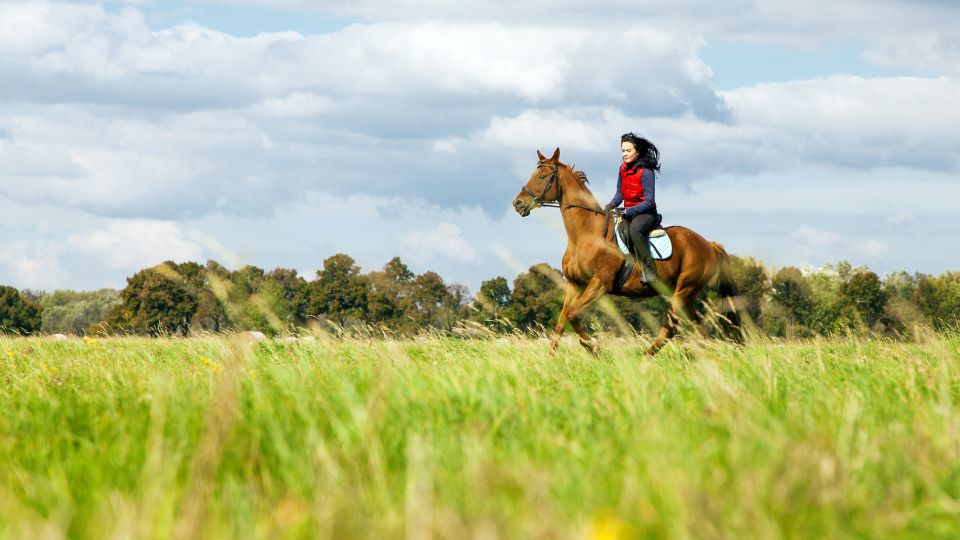Present and future of the equine industry

Despite it being a $100-billion industry, there is still a lack of awareness about the equestrian business sector across Europe. So, how are things changing?
Some interesting dynamics are at play in the European equestrian sector. Although the number of equine animals – which currently stands at a total of nearly 7 million – is declining in some regions, the popularity of using horses for sporting purposes is increasing.
State of play in the UK
The British equestrian market alone is estimated at £5 billion (€5.75B/$6.37B). The number of regular horse riders in the UK –those who ride at least once a month – has increased from 1.8 million to 1.82 million, and 3.2 million people ride at least once a year, according to the British Equestrian Trade Association (BETA).
It is believed that 66% of horse owners in the UK participate in hacking and 30% do dressage, while 20% keep their animal as a companion and 8% for in-hand work. Claire Williams, Executive Director of BETA, says that for the first time more people have been doing TREC: a sport combining elements of obstacle negotiating, mounted orienteering and trail riding intended to test the skills of horse and rider.
While the number of people participating in equestrian- related activities is increasing, there has actually been a slight decline (from 1.4% to 1.2%) in the number of UK households responsible for horses’ daily care. The figure now stands at 331,000, according to BETA’s latest national equestrian survey (2022-2023). “This has been due to accessibility and a changing market, with a lot of people now sharing horses,” says Williams.
The bigger picture in Europe
The latest available data shows that the European equestrian industry in total has an annual economic impact of €100 billion ($111B) and provides the equivalent of 400,000 full-time jobs. “However, there is still a lack of awareness about the equestrian business sector as a whole in public and politics, despite the healthy employment and revenue figures within Europe and the UK,” admits Anna Lena Grytz, CEO of the European Equestrian Business Association (EEBA).
“A positive is that equestrianism offers a significant contribution to society when it comes to physical and mental health, the relationship with the environment, the development and education of children and young people, the benefits of equine-assisted therapy methods, cultural heritage and much more,” she adds.
From market boom to perfect storm
The commercial market in the UK and Europe has witnessed substantial growth in recent years, driven by a combination of cultural traditions, strong equestrian heritage and evolving consumer preferences. “During the COVID years, the trade had a bonanza and our members couldn’t make things fast enough,” comments Williams. “For the first time ever, there was a 6-month wait list for a new saddle and a months-long wait for new hats and body protectors.
“The result was that retailers over-ordered. Then, a year later, we faced the perfect storm of the supply chain getting back to normal, retailers having lots of stock and the cost-of-living crisis hitting. We think that is turning around now. One area that has stayed immune is safety. Hats and body protectors are still in demand.”
Sustainability challenges
One particularly influential buzz phrase in the equestrian industry now is ‘social license to operate’ (SLO) – an activity that is approved or accepted by society. “It has made us all start thinking a lot more about what we do and how we do it,” says BETA’s Williams. “It’s definitely impacting on the sport and making us become more aware of how our sport is perceived from the outside.”
In this context, sustainability is a big challenge, especially due to the increasing pressure to achieve some net-zero carbon emissions targets. “The foams we use in safety products aren’t currently recyclable and, with the new standards of body protectors coming into play this year, there are going to be a lot of body protectors going to landfill,” she warns.
There is also the issue of plastic use in the industry, in particular by feed producers who need to package their products safely. However, paper is not always the answer as it usually needs to be coated, which makes it less sustainable, according to industry members.
